The city can be found on the two banks of the river Danube that separates and connects the hilly Buda mountains and the flat Pest side. The view of Buda is dominated by the royal castle, situated on top of the hill in the Castle District.
Visitors are attracted by the Gothic and Baroque monuments and the picturesque alleys and streets. On the Pest side there are gorgeous shopping streets and 19th-century civilian buildings. Throughout the whole year, Budapest is rich in international-level cultural programs from a wide range of classical- and modern music concerts to interesting permanent and temporary exhibitions.
It is also not an accident that Hungarian cuisine is known all over the world. Trying Hungarian food specialties is a must for visitors.
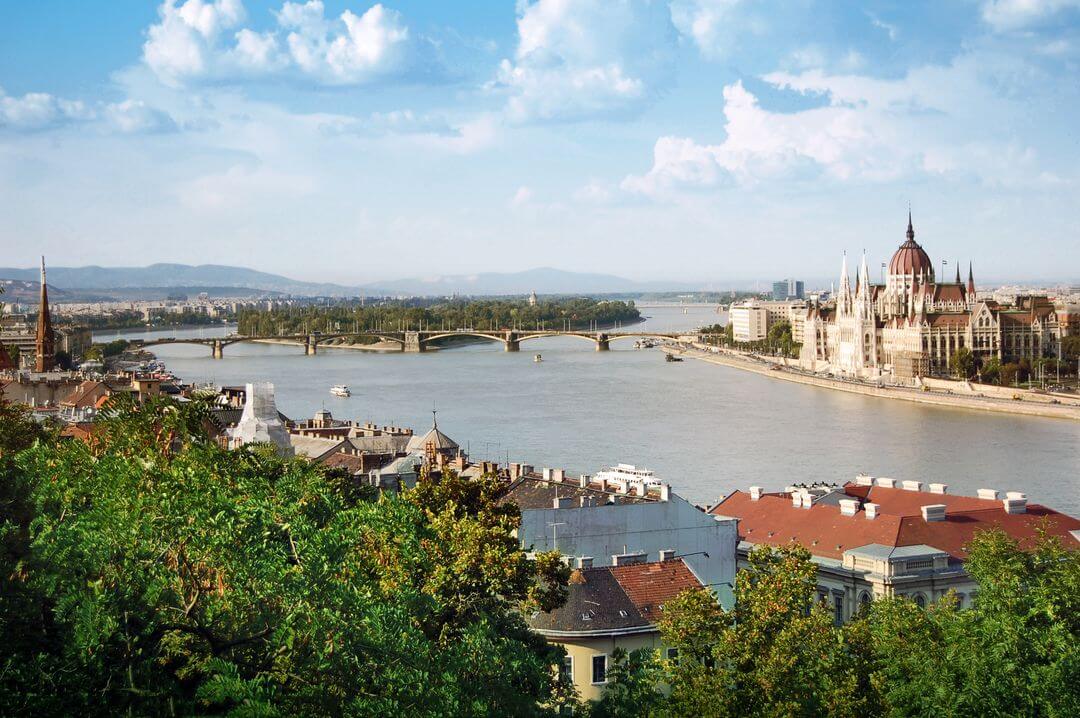
Budapest has a temperate continental climate. Usually December and January are the coldest, while the hottest months are July and August. The mean temperature in the hottest mount could be 28-30 C, while in a cold winter temperatures may drop to -25 C. From April to September, there are more than 8 hours of sunlight per day.
Hungary is in the Central-European time zone; local time in Budapest is GMT + 1 hour. Hungary uses Daylight Saving Time from March to end of October: GMT + 2 hour.
Hungarian public holidays and special events
National holidays: 15th March, 20th August, 23rd October, 1st May. Public and Catholic holidays: New Year’s Day (1st January ), Easter Sunday and Monday, Pentecost Sunday and Monday (50 days after Easter), All Saint’s Day (1st November), and Christmas.
Electricity in Hungary is the European Standard: 220 V/50 Hz. Electrical sockets (outlets) are one of the two European standard electrical socket types.
Public phones are coin- or card-operated. The country code for Hungary is 36. To call a Hungarian number from abroad, dial your international access number (usually 00 or +), followed by 36, then the area code and the number. In order to call foreign numbers from Hungary, dial 00, followed by the country code and the phone number.
Hungary is a member state of the European Union, but the Euro has not yet been introduced. The basic unit of currency is the forint (HU ). Coins come in the following denominations: 5 Forints, 10 Forints, 20 Forints, 50 Forints and100 Forints. The denominations of banknotes are as follows: 200 Forints, 500 Forints, 1000 Forints, 10.000 Forints and 20.000 Forints. Exchanging money in Hungary and in Budapest is only permitted in licensed currency exchange places, authorized change booths or banks. Do not take the risk of changing money on the street; it is illegal! Most banks in Budapest have 24-hour banknote exchange ATMs. In addition, there are many ATMs that accept both credit and debit cards. Any bureau de change has to have the current currency exchange rates clearly displayed. Keep your exchange receipt in a safe place until you leave Hungary!
Taxis in Hungary are painted yellow, and have a Taxi sign on top of the car. Taxis can be hailed on the street; when they are vacant, the Taxi sign is lit up. If you order a taxi on the phone , give the address, your name, and the phone number. English is almost always understood. The driver gives you the bill right away after the transfer. The tip is usually 10% of the transfer price.

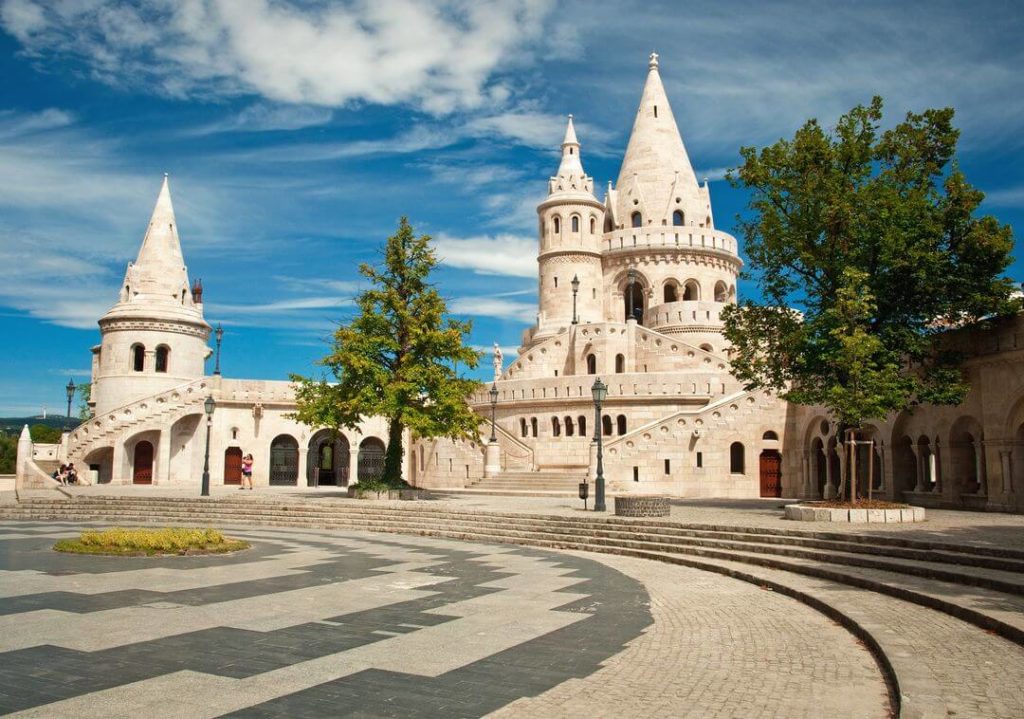
Fisherman's Bastion is a terrace in neo-Gothic and neo-Romanesque style on the Castle Hill in Budapest. It was designed by Frigyes Schulek and was built between 1890 and 1905. The Bastion takes its name from the guild of fishermen. From the towers and the terrace you can enjoy a panoramic view of the city.
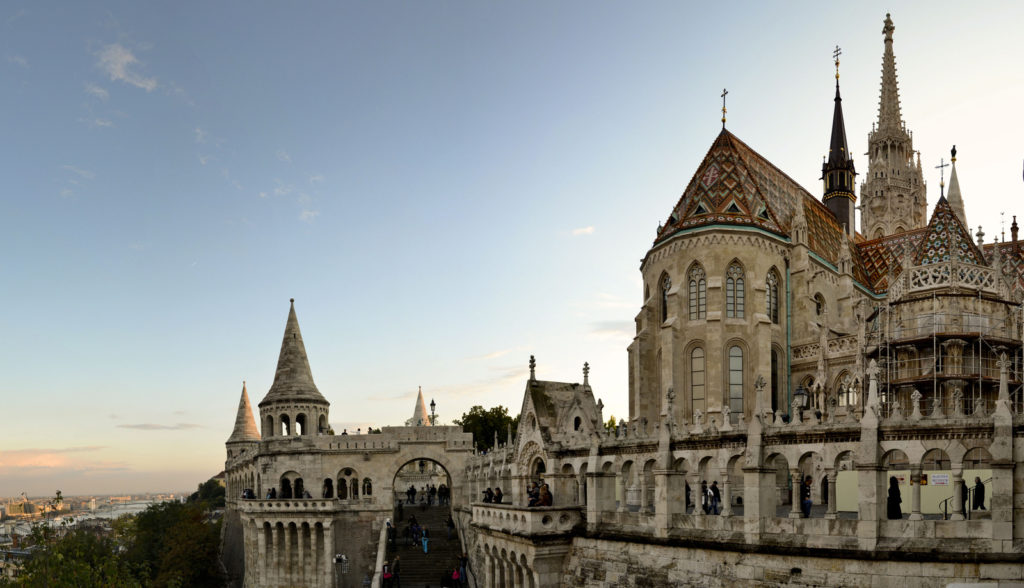
The real name of the church is the ‘Church of the Blessed Virgin in Buda’, but it is universally known as the Matthias Church. Its popular name derives from the fact that King Matthias held both of his weddings here. Originally it was the church of the German burgers. The main eastern gate and the long apse are from the 13th century. The central part of the church was built around 1400. During the Turkish occupation all the furnishings were removed and all the decorated walls whitewashed. Later it was converted into a Baroque church and by the middle of the 19th century it looked rather miserable.
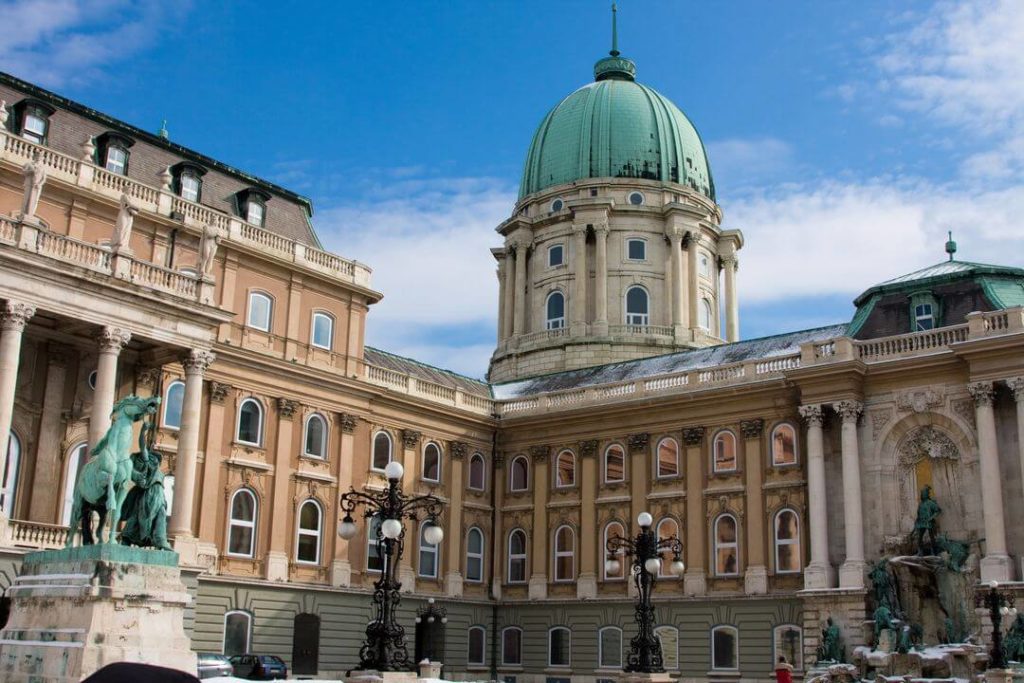
Buda Castle, also called the Royal Palace, is one of the most important symbols of Hungarian history. After the Turkish times it was the residence of the Habsburg dynasty. They never lived in the palace; they only stayed here when they visited Buda. Between the 13th and the 20th century the building was destroyed several different times, but it has always been rebuilt. The present neo-Baroque appearance of the Palace is from the late 19th century; it was built after World War II. Today the Budapest History Museum, the Hungarian National Gallery and the National Library are located in the Buda Castle.
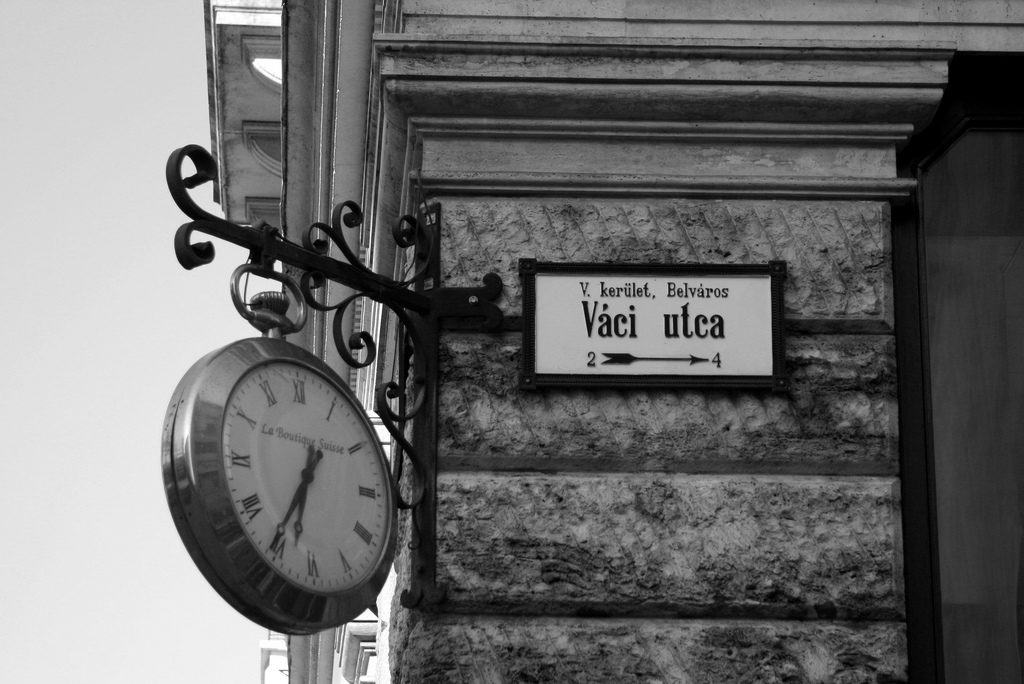
The heart of Budapest is Váci street. It runs between Vörösmarty Square and Elizabeth Bridge up to the Vámház boulevard. The street gained its status in the mid-19th century when the original small buildings and shops were replaced by Neoclassical apartments with electricity. Today department stores, an international trade centre and hotels are located here, making Váci street another symbol of Budapest. It is important that Váci út and Váci utca are two different streets.
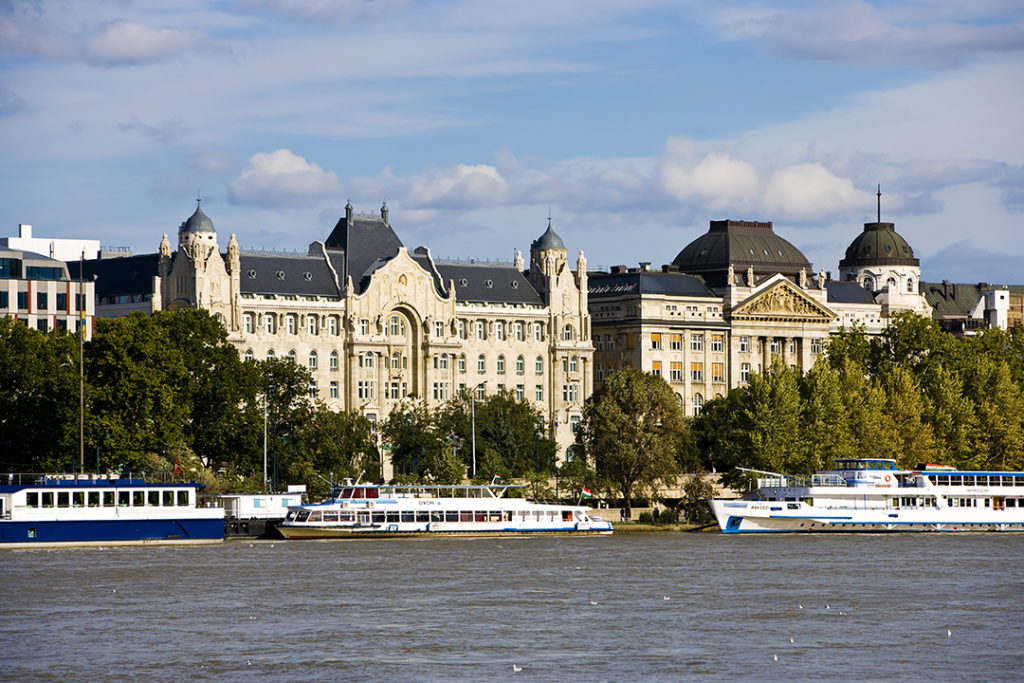
When viewed from the river in the second half of the 19th century, Neoclassical Pest was hidden behind large hotels. Here on the river bank stood the Carlton, the Bristol, the Hungaria and the Ritz. The korzó (in English: esplanade) became popular for promenading until tram tracks were laid along the old walk.
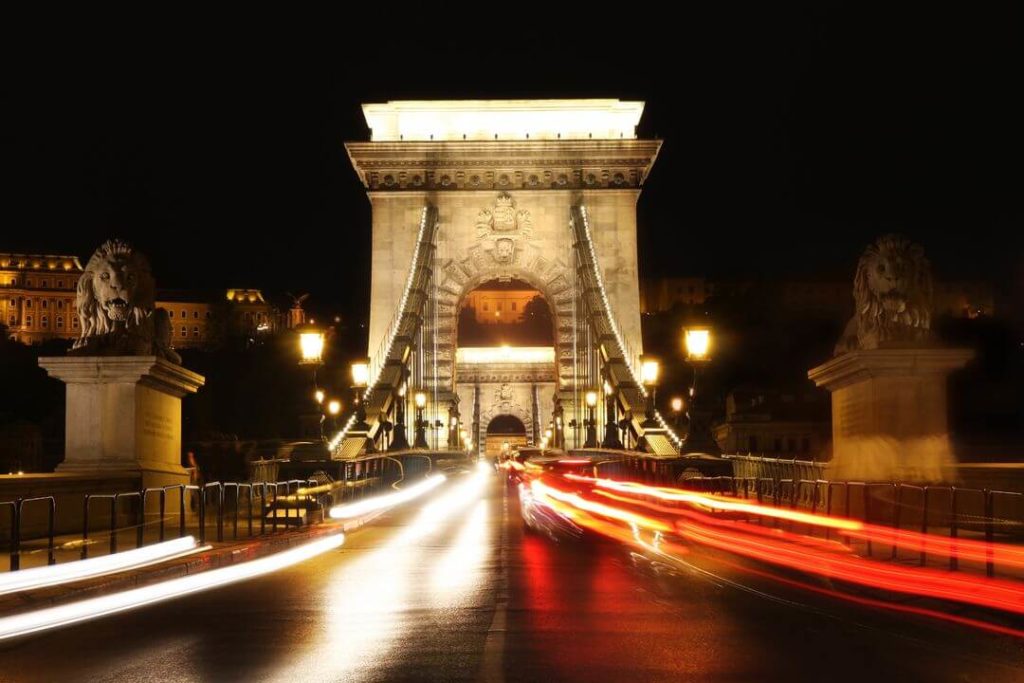
The bridge was built between 1842 and 1849. It was by far the best engineering achievement of its time. The bridge connects the Buda Castle and the Pest side of the river. The latter was the centre of political life in the 19th century. The bridge was destroyed in World War II, but it was rebuilt for its 100-year anniversary. These symbol of the city since 1999 lighting better than ever. With the Buda castle behind it, the Chain Bridge is a beautiful attraction.
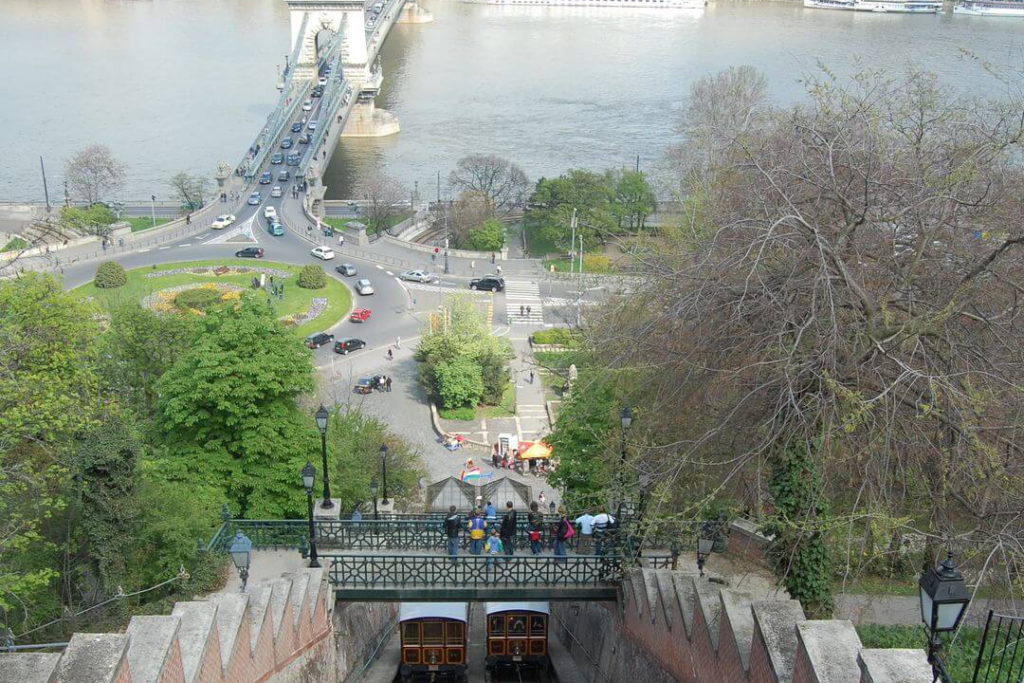
With an almost 100-meter long track and a gradient of 48 %, the funicular was opened for service in 1870. The idea was to provide cheap transport for clerks working in the Castle District. From the Funicular car you can admire the most beautiful view of the city.
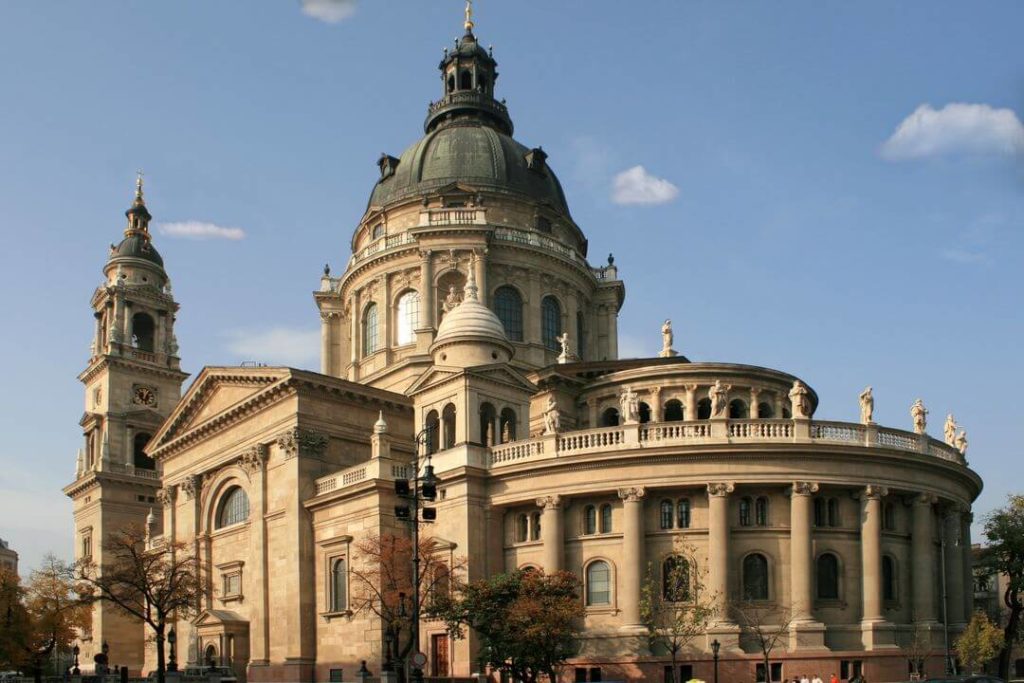 The largest church in the city, St. Stephen’s Basilica can hold 8500 people. The dome is 96 meters high. The Basilica’s reliquary houses the Holy Dexter, the right hand of St. Stephen I of Hungary (1000-1038). The Holy Dexter is the most revered relic of the Hungarian Catholic Church.
The largest church in the city, St. Stephen’s Basilica can hold 8500 people. The dome is 96 meters high. The Basilica’s reliquary houses the Holy Dexter, the right hand of St. Stephen I of Hungary (1000-1038). The Holy Dexter is the most revered relic of the Hungarian Catholic Church.
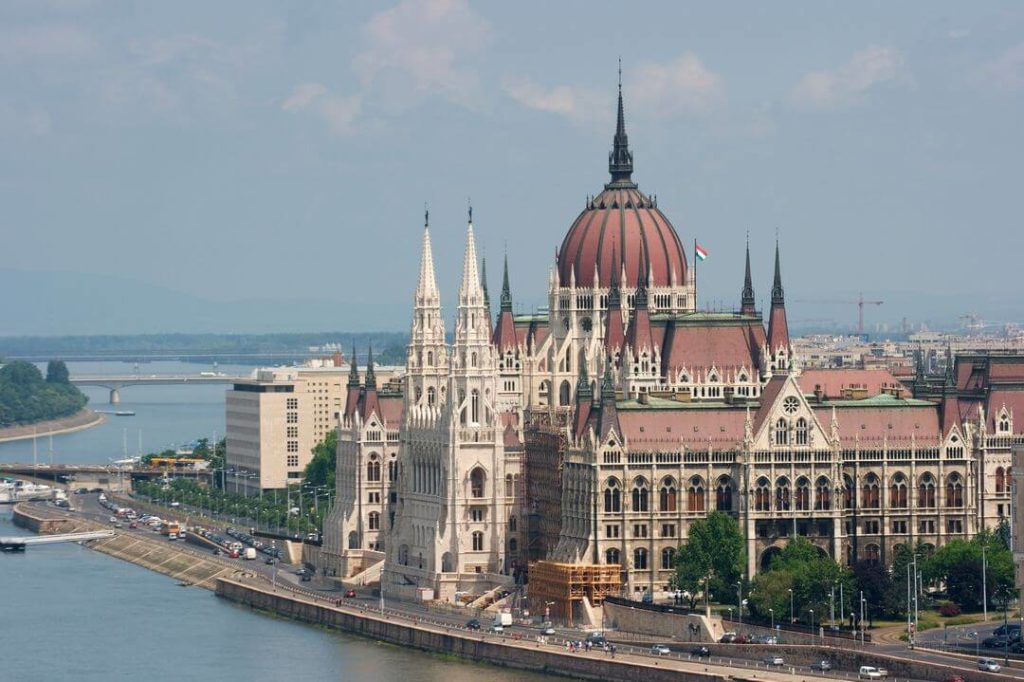
Work on the Parliament started in 1885 and an average of one thousand people per year worked on it for 17 years. The Parliament Building is 268 meters long and 118 meters wide. The spire reaches 96 meters above the ground. There are 691 rooms, and the length of all the stairs together is about 20 kilometres. It is the workplace of the Hungarian Government.
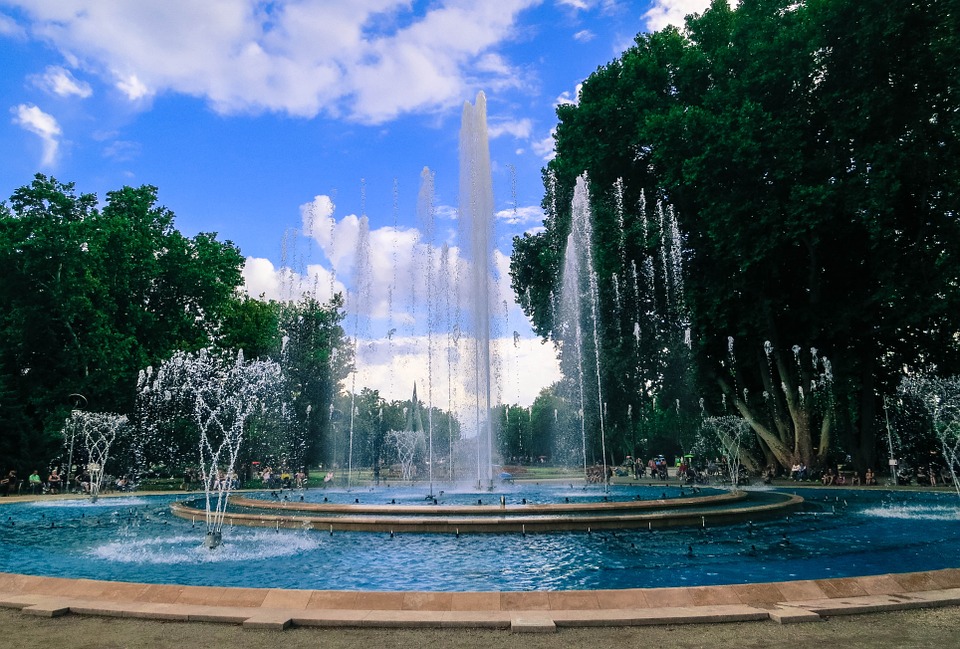
The Island is now one of Europe's finest parks. There are more than 10 000 trees on the island; most of them plane trees. It is 2.5 kilometres long and 500 metres wide at the widest point. You can stroll through the island in about 2 hours at a leisurely pace. It is well worth spending half a day here. The present name was given in honour of Princess Margaret (Margit), daughter of King Béla IV, who lived in the nunnery on the island. There are various amenities on the island: a swimming pool, a lido, tennis courts, an open-air theatre, a fragrant rose garden, a Japanese garden and a sculpture garden. The famous old Grand Hotel is also located on the island. Everything which makes the island worth visiting.
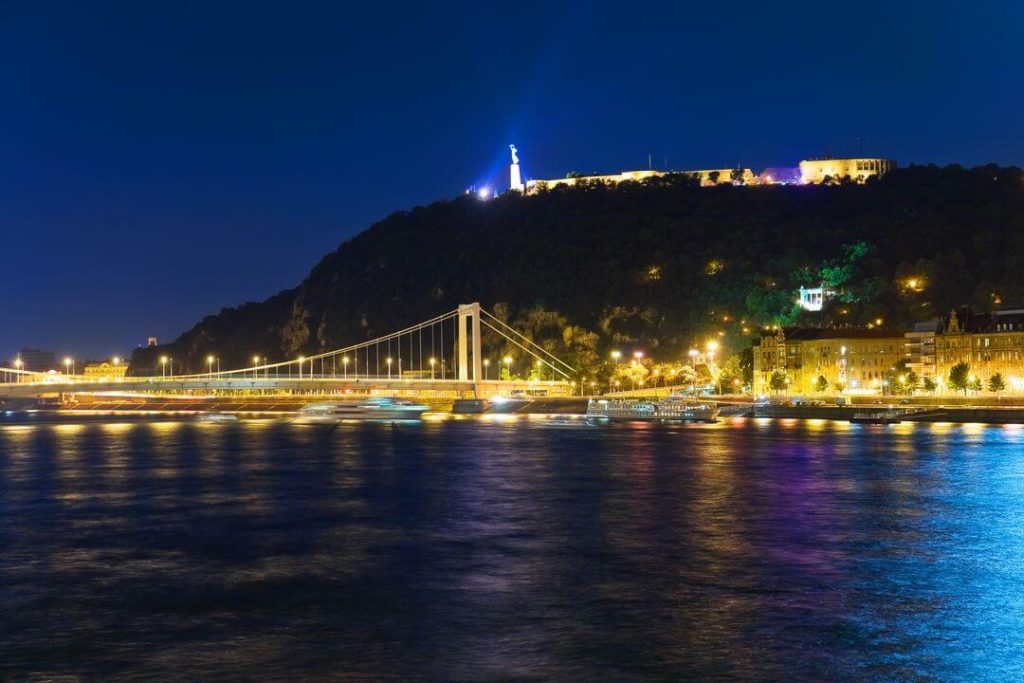
The beautiful location of Budapest is largely due to a 140-meter high dolomite rock witch descends steeply into the riverbed. From the St Gellért Monument it takes 20-25 minutes to climb to the top of the hill, where the Citadella was built. The 14-meter tall statue of the woman holding a palm leaf in her hand is the Statue of Liberty. It commemorates liberation from the Fascist rule. Lady Liberty can be seen from all parts of the city. The Gellért Bath complex uses water from Gellért Hill's mineral hot springs. The bath can be found on the right bank of the Danube, close to the Liberty Bridge.
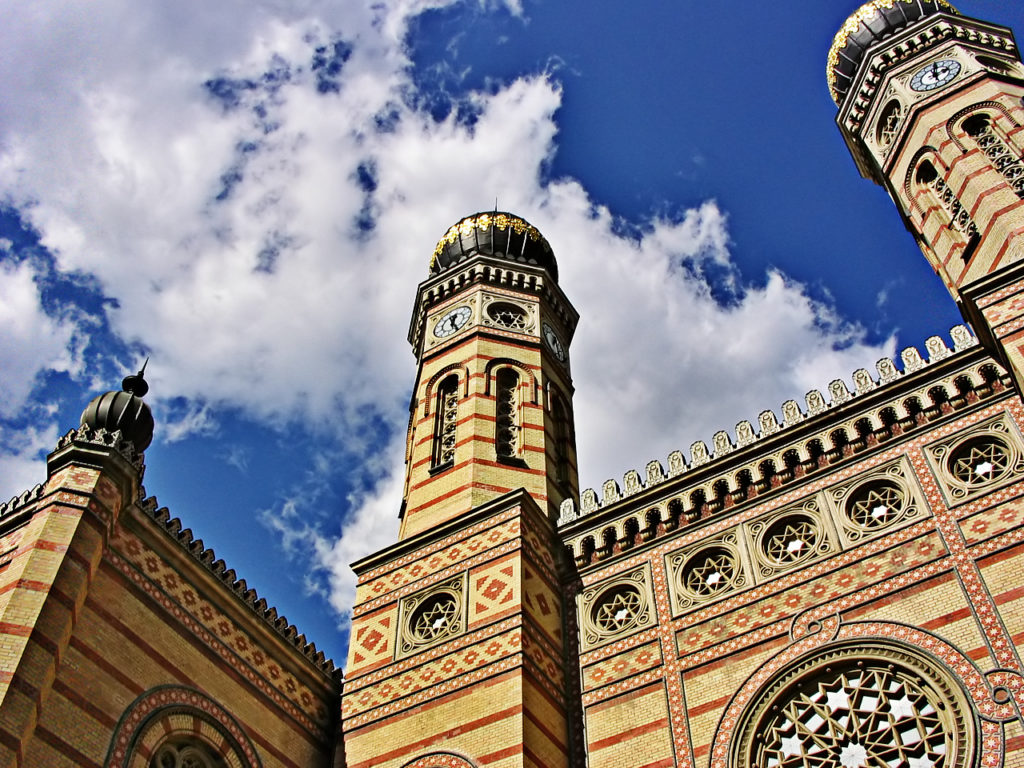
It is the largest synagogue in Europe and the second largest in the world. The building has a length of more than 53 meters, while its width is 26.5 meters. The Dohány Street Synagogue was built in Moorish style, but its design also features a mixture of Byzantine, Romantic and Gothic elements. Two onion-shaped domes sit on the twin octogonal towers at a height of 43 meters. A rose stained-glass window sits over the main entrance. The Jewish Museum is right next to the Synagogue.

This is one of the most important buildings in the history of Hungarian architecture. Both inside and out, the building is decorated with hundreds of statues and paintings. In the niche to the right of the carriage entrance, there is a statue of Ferenc Liszt. The niche to the left of the entrance features a statue of Ferenc Erkel, the father of Hungarian opera. In the niches at the corners of the building at first-floor level, there are statues of the muses of opera. The Opera House has quickly become one of the leading musical centres of Europe.
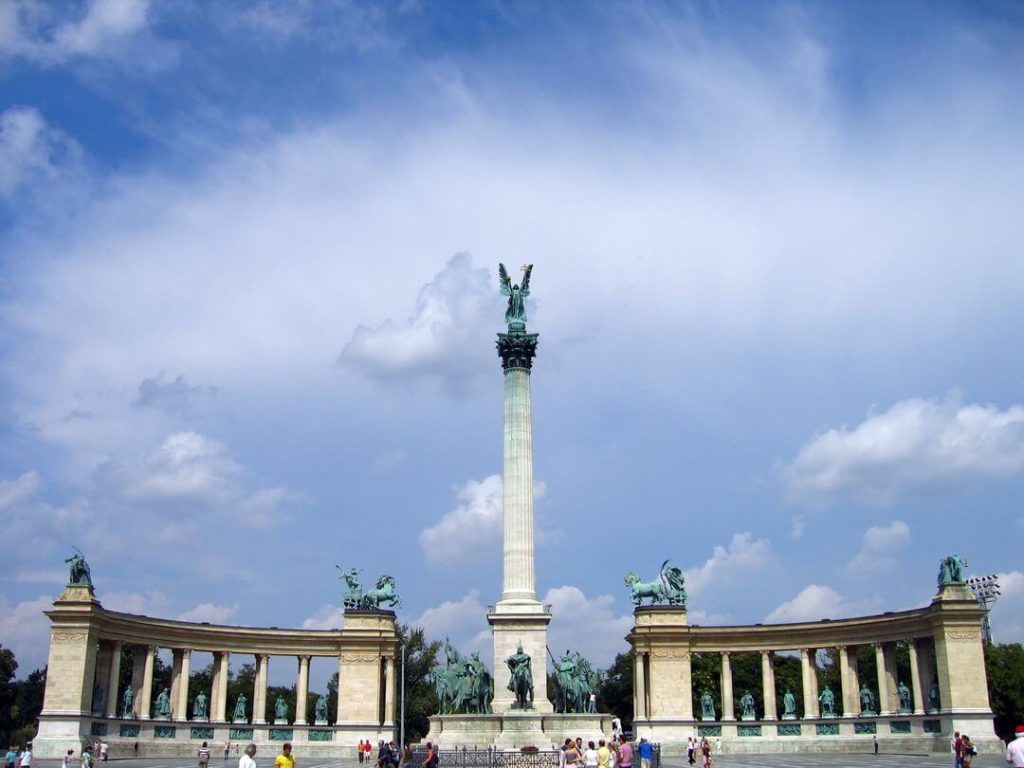
The Millenary Monument was erected in 1896 to celebrate the 1000th anniversary of the arrival of the Hungarian invaders from Central Asia on the plains of the Danube. On a 36-metre pillar, exactly on the axis of Andrássy street, stands the Archangel Gabriel, who, according to legend, appeared in a dream to King Stephen I, the founder of the Hungarian state, and offered him a crown. The colonnade has two semicircles, and it is 85 metres wide and 25 metres deep. Notice the symbolic figures on top of the corner pillars. The figures around the pedestal are the legendary ‘Seven Chieftains’ who led their tribes during the conquest of present-day Hungary.
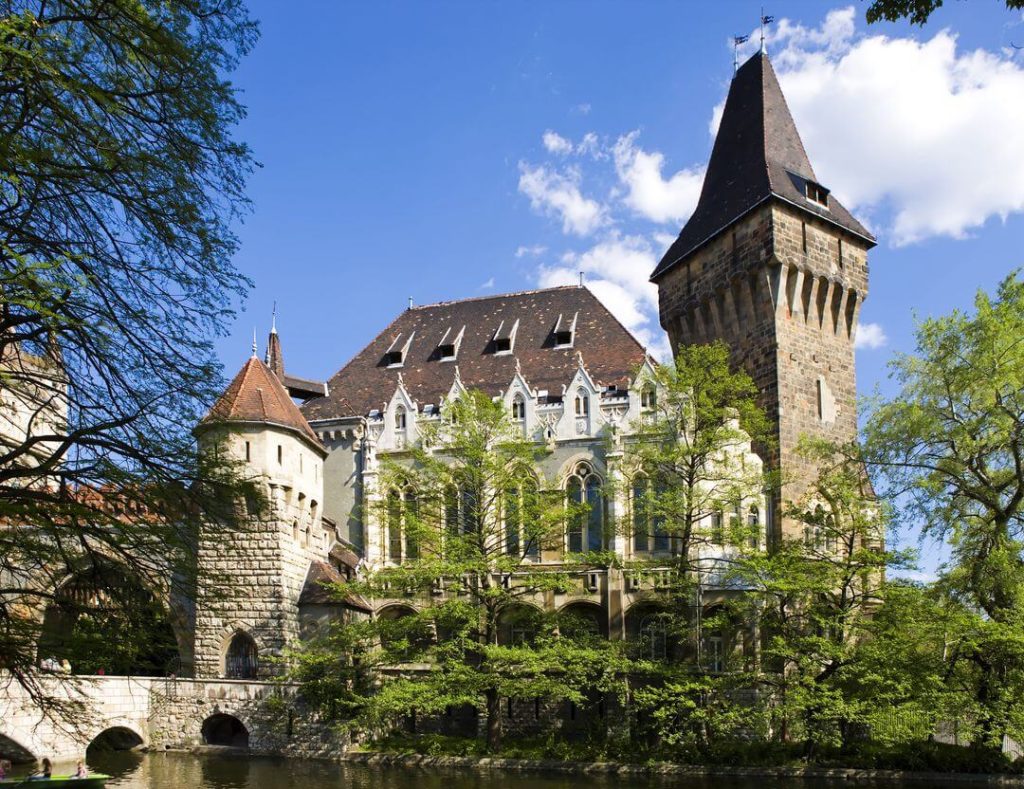
Built in the City Park with the aim of displaying architectural styles of the past, this is a group of faithfully detailed copies of parts of famous buildings of historic Hungary. Originally it was made from cardboard and wood for the millennial exhibition in 1896, but it became so popular that it was rebuilt from stone and brick. The complex consists of four main parts: the Romanesque, the Gothic, the Transitional and the Renaissance/Baroque.
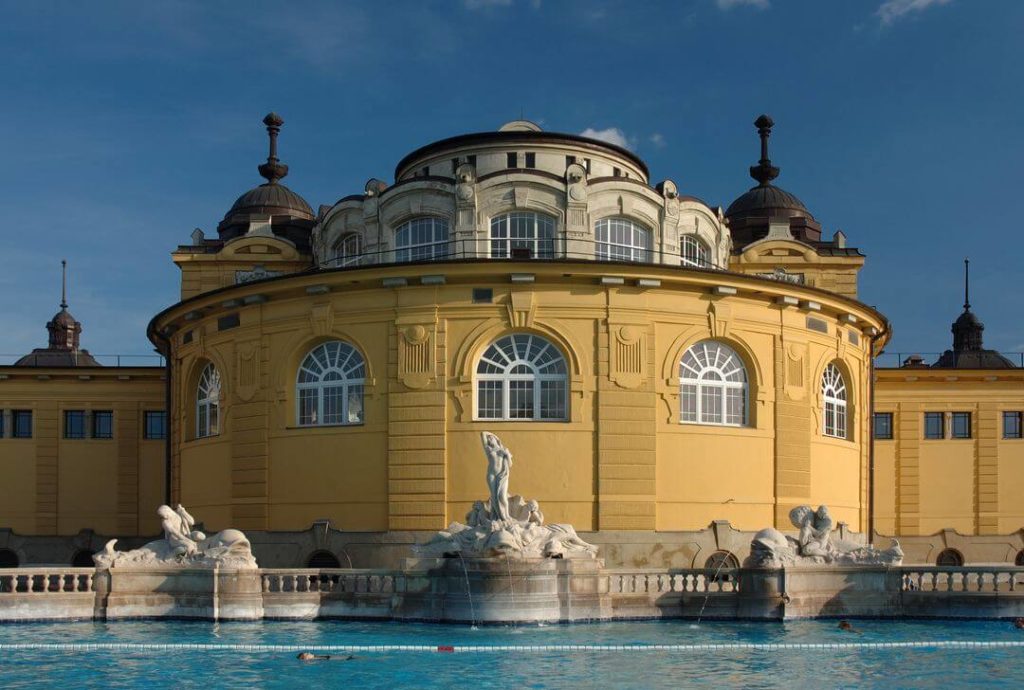
The Széchenyi-bath is one of the largest bath complexes in Europe. The baths preserve many bathing traditions. The spacious and light pool halls evoke the bathing culture of the Romans; the tub-baths that of the Greeks. The sweet rooms, cold baths and hot saunas found in the various sections evoke the bathing culture of the north. The bath has two million visitors a year.
If you would like to be informed about possible dental solutions, want to get accurate information about dental treatment, please visit our clinic for a personal consultation.
Call us at phone number +36 1 36 11 222 or send an e-mail to info@moriczdental.hu with your questions, if you have a panoramic X-ray image, please send us it too.

Fogpótlás fájdalommentesen a Móricz Dentalban – modern technológiával, tapasztalt szakemberekkel, hogy újra magabiztosan mosolyoghasson!
Tovább olvasom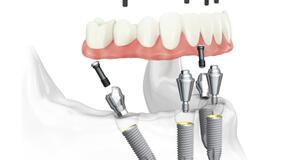
Az All-on-4 fogsor stabil és tartós megoldás teljes foghiány esetén. Kényelmes viselet, természetes megjelenés – tudja meg, hogyan működik!
Tovább olvasom

A Móricz Dental Fogászat számos fogpótlási lehetőséget kínál, hogy visszanyerje mosolyát. Ismerje meg a legjobb megoldásokat és kérjen időpontot!
Tovább olvasom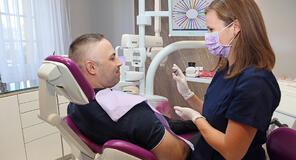
Ismerje meg a különböző fogszabályzó típusokat, azok előnyeit és hátrányait! A Móricz Dentalban segítünk megtalálni a legmegfelelőbb megoldást.
Tovább olvasom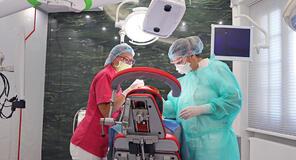
Ismerje meg az implantációs fogászat előnyeit és folyamatait, amelyek tartós és esztétikus megoldást nyújtanak foghiányokra a Móricz Dental szakértőivel.
Tovább olvasom